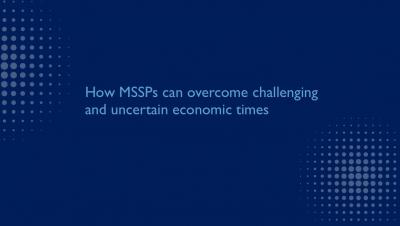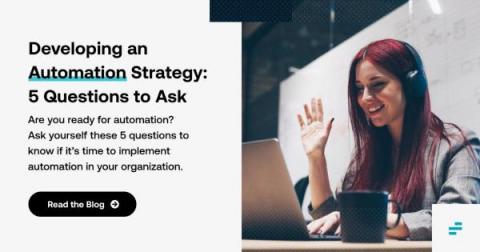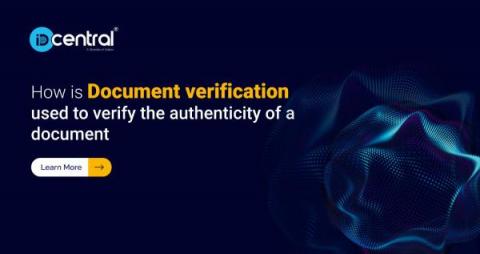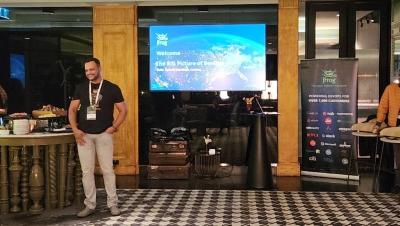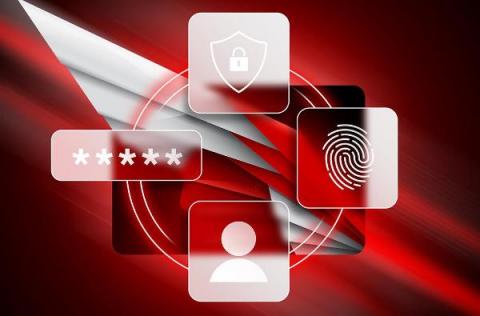Security | Threat Detection | Cyberattacks | DevSecOps | Compliance
Security
Westcon-Comstor launches new Cloud & Collaboration business division
5 Questions to Ask When Developing an Automation Strategy
Automation is like running a marathon. It sounds like a great and noble pursuit until you actually go out and start pursuing it. At that point, it's easy to fail if you don't prepare yourself ahead of time for the challenges that are inherent to the process. Indeed, although automation can provide a number of awesome benefits, whether you actually reap those benefits depends on how easy it is to implement and manage automation tools. And, as many teams discover, doing these things may be harder than it often seems.
Dispelling 5 Myths and Misconceptions Surrounding File Integrity Monitoring (FIM)
File integrity monitoring (FIM) started back in 1997 when Gene Kim launched Tripwire and its “Change Audit” solution. Just a few years later, Change Audit became FIM; this rebranded tool worked with the 12 security controls identified in Visa’s Cardholder Information Security Program (CISP). CISP became PCI DSS 1.0, and things continued to evolve after that. Which brings us to the present day.
Shikitega - New stealthy malware targeting Linux
AT&T Alien Labs has discovered a new malware targeting endpoints and IoT devices that are running Linux operating systems. Shikitega is delivered in a multistage infection chain where each module responds to a part of the payload and downloads and executes the next one. An attacker can gain full control of the system, in addition to the cryptocurrency miner that will be executed and set to persist.
How is Document verification used to verify the authenticity of an Identity document?
Before the world transitioned to digital-first onboarding due to cellphones, high-speed internet, and a pandemic; Banks, financial institutions, and other organisations could verify identities by physically comparing a person’s face to a photo ID. Of course, one could hardly just accept the certification at face value—no pun intended.
The Developer's Essential Guide to Cloud Deployment Models
You’ll probably agree that there are barely any organizations left that don’t use some form of cloud computing in their daily operations. In fact, the cloud computing market is booming, with various sources expecting a worth of upwards of $600 billion within the next two years. And it makes sense: Cloud computing is the cheaper, scalable, easier-to-manage young cousin of yesteryear’s private server.
Consolidated Identity Protection in a Unified Security Platform Is a Must-Have for the Modern SOC
As cyberattacks continue to grow relentlessly, enterprises have to continue improving their cyber defenses to stay one step ahead of the adversaries. One area that CISOs have recently started paying more attention is identity threat protection. This is not surprising considering 80% of modern attacks are identity-driven leveraging stolen credentials. In fact, identity threat detection and response is highlighted as one of the top trends in cybersecurity in 2022 by Gartner.


